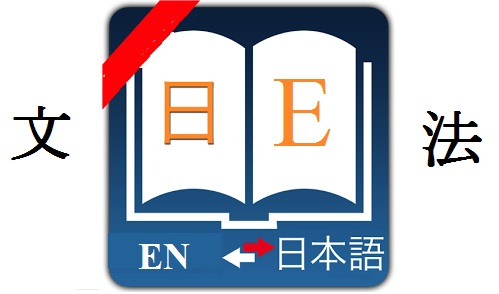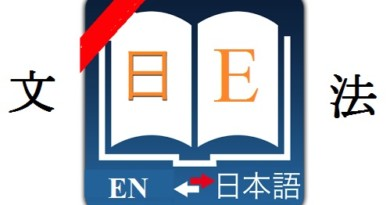Japanese めいく grammar meiku

Japanese めいく grammar meiku :
JLPT level : N1
Formation :
N+めく
Meaning and how to use :
Expresses the meaning “Seem like../ feel like..”. This structure is used with limited nouns.
Examples:
風がだんだん強く吹いて、気温も下がって、冬めいてきます。
Kaze ga dandan tsuyoku fui te, kion mo sagatte, fuyu mei te ki masu.
The wind gradually blows stronger, the temperature drops, winter is coming.
あの人はいつもほかの人のことについて皮肉めいた声で言っています。
Ano hito ha itsumo hoka no hito no koto nitsuite hiniku mei ta koe de itte i masu.
That person always says in a sarcastic voice about other people.
この話は彼が冗談めいて語りますが、本当は重要な問題です。
Kono hanashi ha kare ga joudan mei te katari masu ga, hontouha juuyou na mondai desu.
He talks about this story with jokes, but actually it is an important issue.
よく話し合いましたが、結論めいたことはまだ出られない。
Yoku hanashiai mashi ta ga, ketsuron mei ta koto ha mada derare nai.
I talked a lot about it, but I can not yet come up with the conclusion.
彼女の言ったことはみなにとって謎めいてきた。
Kanojo no itta koto ha mina nitotte nazo mei te ki ta.
What she said seems like a mystery for everyone.
Note:
When wanting to qualify to nouns, use the structure 「NめいたN」(Examples 2, 4)
Related structures :
above is Japanese めいく grammar meiku. if you don’t understand the signs we used in fomation, you can find their meaning here : signs used in Japanese grammar structures.
You can search the structure you want by using the search tool on our website (using key : grammar + ‘structure name’ or you can find more Japanese grammar structures in the following category : Japanese grammar dictionary
